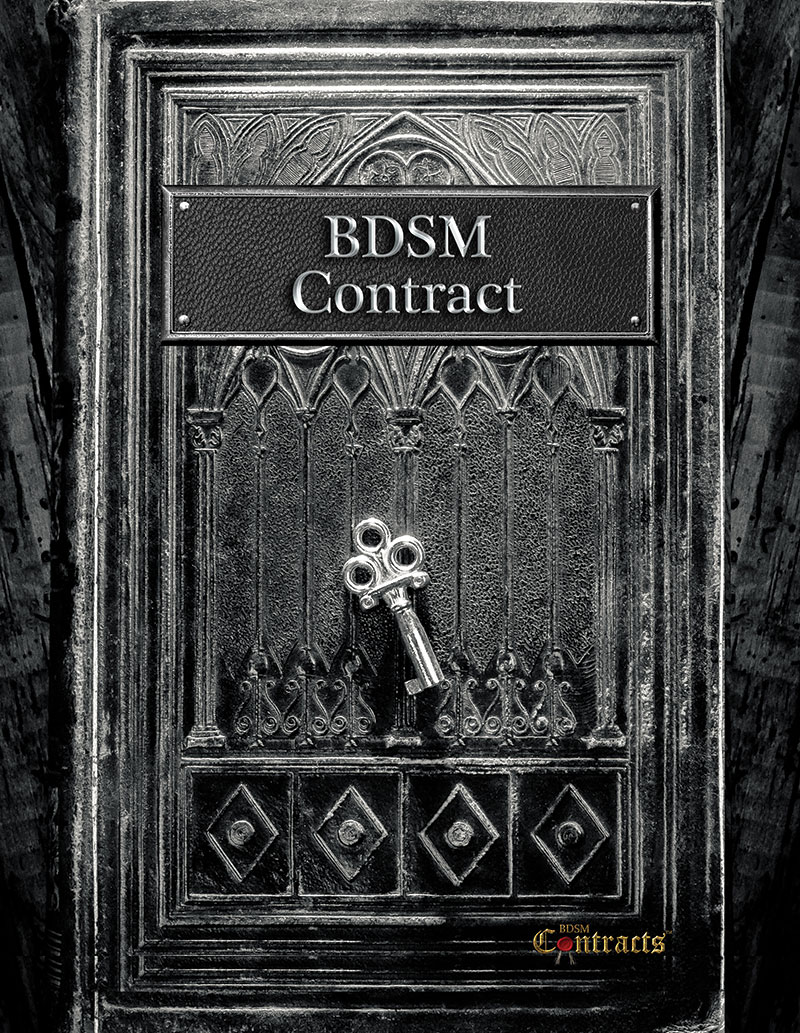In the spirit of finishing my first year of law today, through my completion of criminal law, I thought I would dive into the legal dynamics of BDSM to help you understand your rights and responsibilities
What does BDSM stand for?
But first, I would like to introduce you to what BDSM is. BDSM stands for Bondage and Discipline, Sadism and Masochism which are all terms related to people’s sexual preferences within the fetish community. All these terms carry a physical, mental and emotional sexual experience.
The Legal Dynamics of BDSM
If you have previously had sex, you may have actually participated in very light form of a BDSM experience without even knowing it. From the pinning down of someone’s arms to the bed to maintain sexual control, to the use of bdsm products like blindfolds or spanking them when they have done something you like or didn’t like as a form of sexual punishment. BDSM explores the pleasure people find from experiencing pain, causing pain or morally degrading another person.
BDSM can be seen as more than just terminology or a foreplay experience but can be a long term sexual lifestyle choice for some. The BDSM community follow strict guidelines in order to be a member or even participate in the sexual acts. It is important people who would like to participate in this type of lifestyle create a BDSM agreement with their sexual partner outlining what is acceptable in their relationship, what is not and what safe words they should use.
What if you have signed a BDSM Agreement, is BDSM Lawful?
First off, from a statutory point of view, BDSM related activities, ultimately are considered to be common assault. However, “without consent” is a major part of this charge. In these scenarios, those involved are doing so consensually, which theoretically negates any charge. However, it is for this reason that there are some instances where the ‘victim’ cannot consent.
In a famous case from the 90’s, a group of sado-masochistic homosexual men willingly participated in the commission of acts of violence against each other. This included genital torture for their sexual pleasure. They also filmed the sexual acts and distributed the tapes among the group. The passive partner consented to all of the acts committed against him and the acts did not result in any permanent damage.
As a result of this case, it was held that, regardless of the nature of the act, you cannot convert an inherently unlawful act into a lawful one. It was also suggested that any conduct which causes actual bodily harm is incapable of being consented to. Alternatively, consent is vitiated in situations where the defendant has caused actual bodily harm to the victim.

Common Questions asked about The Legal Dynamics of BDSM
Does that mean that every form off BDSM is unlawful?
Short answer, no.
In a different case, consent was used as a defense. The appellant branded his initials “AW” on his wife’s buttocks with a hot knife, with her consent. It was deemed that consensual activity between spouses in their home isn’t subject to criminal investigation or prosecution.
So does that mean I can do whatever I want to my partner then? (heck yes!)
…not really
In yet another case, the defendant tied his partner’s head with a plastic bag, where she suffered non-serious injuries, and sought medical treatment. Weeks after the initial incident, the defendant poured lighter fluid onto his partner’s breasts and set them alight. She saw medical treatment for this too. Consent, in this case was not considered a defence to the charge.
So what does all this mean?
Ultimately, the line between what is able to be consented to and what is not is pretty blurred. Personally, I think if you’re doing it safely in your own home without flaunting about it publicly, you’ll be sweet and clear from any prosecution. The only reason that the above cases were brought before the courts was because people found out that it was happening. So keep it to yourself, and if you film it, make sure you don’t distribute it to someone who will take it further.
I guess if you haven’t been caught yet, then you just keep doing you.
About the Author: By Ebony a sales consultant from Oh Zone Adult Lifestyle Centre
Exploring the Legal Dynamics of BDSM
BDSM, an acronym for Bondage, Discipline/Dominance, Submission/Sadism, and Masochism, encompasses a wide variety of consensual practices that involve elements of power exchange, pain play, bondage, and erotic role-play. While it is a lifestyle choice for some, for others, it’s a form of sexual expression or an intimate part of their identity. Despite the growing acceptance of BDSM practices in society, the legality of these acts remains a complex and contentious issue.
What are the Legal Challenges of BDSM?
Arguably, the most significant challenge in the legal interpretation of BDSM stems from the concept of ‘consent.’ In many jurisdictions, the law sees BDSM as a form of violence, not sex, equating BDSM activities with assault or aggravated assault. This perspective contravenes the fundamental principle of BDSM, which is the voluntary participation of all parties involved, often underscored by pre-negotiated agreements and safe words.
The Role of Consent in BDSM and the Law
The concept of consent is the cornerstone of BDSM practices. Participants negotiate their desires, limitations, safety measures, and safe words before engaging in any BDSM activity. The issue of consent becomes central in cases where BDSM practices are prosecuted under criminal laws dealing with assault, aggravated assault, sexual assault, or sexual abuse.
In essence, BDSM is seen as mutually pleasurable conduct, with clear negotiations and safety measures like safe words. However, the legal and societal perception of BDSM often differs significantly from this reality.
What is the Legal Definition of Assault?
The definitions of assault, abuse, and other crimes involving the infliction of physical harm vary from state to state, with no federal law in this area. Most state laws covering assault do not mention consent as a defense. Technically, any form of ‘impact play’ is illegal, as one person cannot legally consent to being physically assaulted.
The criminal offense in BDSM is seen as one person causing another person physical harm. In a BDSM case, the causing of physical harm is, in and of itself, criminal. The question then becomes the extent to which the courts will allow such criminal conduct to be excused by the fact that the injured participant consented to have harm done to them.
Legal Precedents in BDSM Cases
To date, no appellate court decision in the United States has accepted consent as a defense in BDSM-based assault prosecutions. The consistent refusal of state courts to recognize consent as a defense to BDSM-based assault cases highlights the prevailing view that BDSM practices should be seen as criminal assault.
However, there have been instances where the courts have reversed convictions on evidentiary grounds in ways that suggest that the consent of the ‘victim’ may have played a role in their thinking. While no decision has yet explicitly accepted the defense of consent in a BDSM-based assault prosecution, at least two courts have reversed convictions on evidentiary grounds that related, in part, to the issue of consent.
BDSM and Battery Laws
Prosecutions arising from BDSM incidents are generally brought under assault statutes. However, some cases arising from BDSM incidents have been prosecuted under the criminal charge of battery. Battery, unlike assault, doesn’t necessarily involve an attack by one person against another. The crime of battery is injurious touching or striking of one person by another. Thus, when that conduct is consensual, even where some injury is caused, it is more palatable to find that such consent prevents the conduct from being a criminal offense.
The Future of Consent Laws in BDSM
There is a growing need for legislative reform to provide clarity and protection for those participating in consensual BDSM practices. The U.S. Supreme Court has created a doctrine of privacy that, at least in some areas of sexual behavior, insulates consenting couples from criminal prosecution. While this doctrine has not been applied in the BDSM context, the principle of privacy is a powerful one that works in favor of BDSM practices.
The BDSM community’s extensive self-policing mechanisms also provide an interesting model for conventional law enforcement. This self-policing has proven to be especially critical due to the many jurisdictions that hold there can be no consent to the kind of experiences often associated with BDSM.
In conclusion, the intersection of BDSM and the law is a complex one. The evolving societal perceptions of BDSM, coupled with the potential for legislative reform, present both challenges and opportunities for those advocating for the recognition of consent in BDSM practices.

Enter Andrew Pullen’s BDSM world of Fet Lifestyle, BDSM, and expert Shibari insights. Explore his descriptive and educational articles at Adultsmart.








Leave a Reply